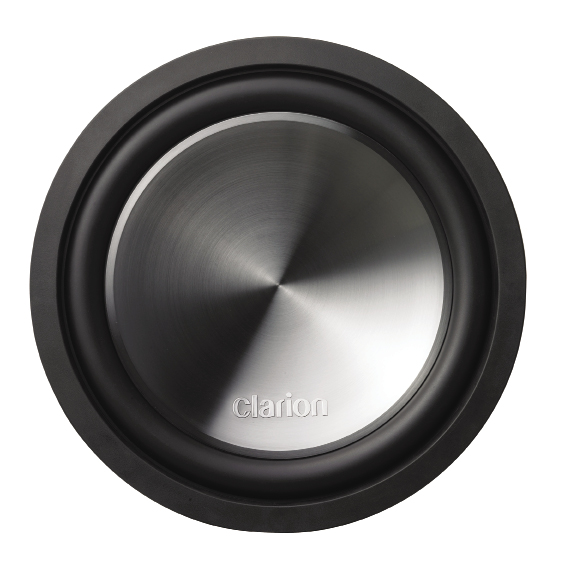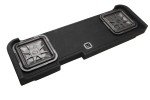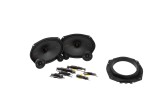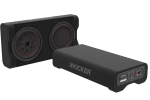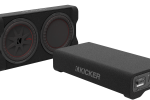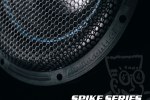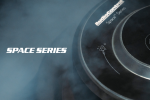Measured Performance
After several hours of listening, I let the woofer cool down overnight, and the next morning moved it into the lab for bench testing. When I measured the Thiele-Small parameters of the driver I immediately noted the low resonant frequency and fairly high Qes. This proved that the choice of a sealed enclosure was the right decision. Although Clarion does also suggest a 2 cubic foot vented design, the parameters of the woofer clearly show a strong preference for the sealed format. And as my listening tests showed, the performance was definitely there in the smaller sized sealed box, so it’s basically a no-brainer. Just to be thorough I did the math, and using the 1.25 ft sealed enclosure, the system Qts is 0.98, and F3 is 43.8, which is just about what most folks prefer in a subwoofer system. A slightly larger enclosure could tighten things up even more, but you’d lose a bit of output and authority. I think the suggested sealed enclosure is about spot-on. I’d stick with it and stuff it with polyfil.
Conclusion
When I began this evaluation, I wasn’t sure what to expect. I know Clarion has been working hard at improving the performance of all their products, but I didn’t expect a quantum leap like the WQ3010D seems to have made. If you are looking for a good looking, modestly priced but very musical subwoofer I can wholeheartedly say, for the first time, that you need look no farther than your local Clarion dealer!


